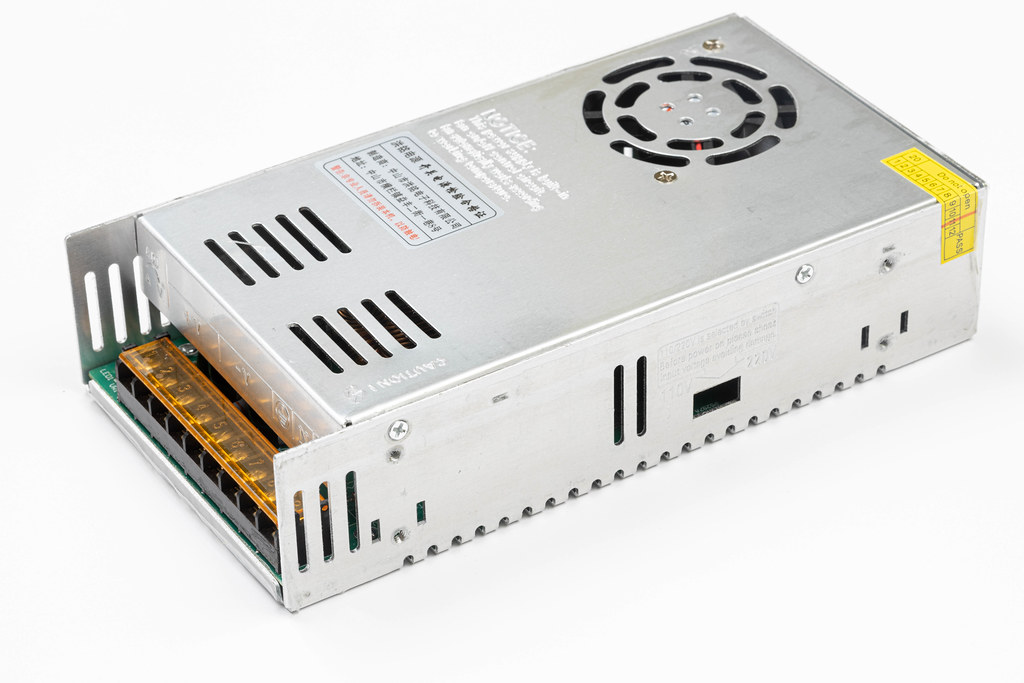What is the difference between AC and DC power supplies?


In the vast realm of electronics, the coexistence of Alternating Current (AC) and Direct Current (DC) power supplies is fundamental. These two power sources come with unique characteristics, applications, advantages, and disadvantages, shaping the landscape of how we harness and utilize electrical energy. Let’s embark on a comprehensive exploration to shed light on the differences between AC and DC power supplies, and how they play crucial roles in our interconnected world.
Understanding Alternating Current (AC) Power:
AC power earns its name due to the cyclic reversal of electric current direction at a fixed frequency. Imagine the electricity flowing through your wall outlets—this is AC power oscillating at an impressive 60 cycles per second. The alternating nature of AC power is not just a technical detail; it empowers the efficient transmission of electricity over long distances on the interconnected power grid.
- Versatility in Voltage: AC power’s ability to shift voltages, for instance, from 120v to 240v, facilitates its widespread use in powering lighting systems, motors, machinery, and various appliances. This adaptability is made possible through transformers that step voltage up and down as needed, allowing for seamless distribution of electricity throughout buildings.
- Efficiency in Transmission: The continuous alternation of current direction proves advantageous in transmitting electricity miles away from central generator stations through power lines. Motors and other inductive loads operate reliably on AC power, making it a staple in our daily lives.
Direct Current (DC) Power:
In contrast, Direct Current (DC) provides a steady flow of voltage in one direction only. Batteries and solar cells are natural generators of DC power, offering a continuous and stable supply. This one-way electron flow is particularly advantageous for sensitive electronics that demand precision in voltage delivery.
- Stability for Sensitive Electronics: Most electronic devices operate on DC power internally, ensuring a constant and stable voltage. Adapters or built-in power supplies convert AC wall outlet power into suitable DC, providing a noise-free electricity supply vital for the proper functioning of digital electronics.
- Renewable Energy Applications: DC power plays a crucial role in renewable energy, with solar panels generating DC electricity. This DC power is then converted to AC for seamless integration into the power grid, showcasing the synergy between these two power forms.
Choosing Between AC and DC:
The decision to use AC or DC power depends on the specific application, taking into account factors such as voltage requirements, efficiency, and the characteristics of the devices involved. AC is well-suited for powering homes and businesses, efficiently navigating power grids with its voltage transformation capabilities. On the other hand, DC’s stable output is ideal for sensitive electronics, providing the necessary stability for accurate digital circuitry performance.
Advantages and Disadvantages:
Understanding the nuances of AC and DC power supplies is crucial for informed decision-making. While AC excels in changing voltage levels and efficient long-distance transmission, the continuous flow of electrons can disrupt signal-sensitive devices. DC’s unwavering voltage output is ideal for electronics demanding stability, but challenges arise in its transmission over long distances due to energy dissipation.
Practical Applications in Daily Life:
To illustrate the practical applications of AC and DC, consider their roles in our daily lives. AC powers household appliances like refrigerators, while DC is behind the operation of portable devices such as laptops and smartphones. In renewable energy, solar panels generate DC, which is then converted to AC for seamless integration into the power grid. AC and DC power supplies are woven into the fabric of our interconnected world.
AC vs. DC Power Supply Summary:
In summary, AC power cycles directionally for infrastructure transmission, connecting devices directly to wall outlets. DC power ensures the precise functioning of sensitive electronics with its continuous one-way flow. When navigating the nuanced landscape of AC vs. DC power selection, focusing on matching outlet voltages to equipment needs while evaluating trade-offs is crucial. This nuanced understanding is particularly essential for procurement officers to ensure production continuity.
Quotebeam – Revolutionizing the Marketplace:
In the dynamic landscape of electrical and industrial automation, platforms like Quotebeam emerge as catalysts for accessibility and efficiency. Quotebeam offers a curated selection of electrical and industrial automation parts, including a dedicated section for AC and DC power supplies. This platform bridges the gap between demand and supply, providing a seamless experience for procurement within the realm of power supplies. For those delving into the intricacies of AC and DC power, Quotebeam serves as a gateway to a comprehensive marketplace.
